Generative AI is a rapidly growing field with the potential to revolutionize the way we design and engineer products. By using AI to generate new designs, engineers can explore a much wider range of possibilities and find optimal solutions that would be impossible to find manually.

How can generative AI be used in design and engineering?
There are many ways that generative AI can be used in engineering. For example, it can be used to:
- Optimize existing designs: Generative AI can be used to identify areas where existing designs can be improved. This can lead to significant savings in terms of weight, cost, and performance.
- Generate new designs: Generative AI can be used to generate new designs that meet specific requirements. This can be useful for developing new products or for finding new ways to improve existing products.
- Automate the design process: Generative AI can be used to automate the design process, freeing up engineers to focus on more creative and strategic tasks.
Generative AI has the potential to revolutionize the way we design products. It is a powerful tool that can help product designers to be more productive, innovative, and efficient.
Here are some examples of how generative AI is being used in product design today:
- Nike: Nike is using generative AI to design new shoes that are more comfortable and efficient.
- Audi: Audi is using generative AI to design new cars that are more aerodynamic and fuel-efficient.
- Samsung: Samsung is using generative AI to design new appliances that are more user-friendly and energy-efficient.
These are just a few examples of how generative AI is being used in product design today. As the technology continues to develop, we can expect to see even more innovative and creative ways to use generative AI in product design.
I’m an Engineer, should I be worried?
If you are a product designer or engineer, you should be paying attention to the development of generative AI. This technology has the potential to revolutionize the way you design products, and it could give you a significant advantage over your competitors.
But the robots are not going to be taking over the world just yet… Here are some of the challenges of using generative AI in product design:
- Accuracy: Generative AI models are only as good as the data they are trained on. If the data is not accurate or representative, the results of the generative AI model will be inaccurate.
- Creativity: Generative AI models can be creative, but they are not as creative as human designers. This means that human designers will still need to be involved in the product design process to ensure that the final products are creative and innovative.
How does generative AI work in design?
There are a number of different solutions for generative design, each with its own strengths and weaknesses. Some of the most popular solutions include:
- Topology optimization: This is a method of generating designs that are optimized for strength, stiffness, or other properties. Topology optimization algorithms typically use mathematical models to find the optimal distribution of material in a design.
- Generative adversarial networks (GANs): GANs are a type of machine learning algorithm that can be used to generate new designs. GANs work by training two neural networks against each other. One neural network, the generator, learns to create new designs, while the other neural network, the discriminator, learns to distinguish between real and fake designs.
- Bayesian optimization: Bayesian optimization is a method of finding the best design in a given set of parameters. Bayesian optimization algorithms work by building a probabilistic model of the design space and then using that model to guide the search for the best design.
Generative AI Solutions for Engineering…
There are a number of major players in the generative design space, including:
- Altair: Altair is a leading provider of engineering simulation software. The company’s Altair Inspire software offers a generative design solution that can be used to create new designs that are optimized for strength, stiffness, or other properties.
- Ansys: Ansys is another leading provider of engineering simulation software. The company’s Ansys DesignXpert software offers a generative design solution that can be used to create new designs that are optimized for a variety of criteria.
- Autodesk: Autodesk is a leading provider of 3D design software. The company’s Autodesk Generative Design software offers a generative design solution that can be used to create new designs that are optimized for a variety of criteria.
- Dassault Systèmes: Dassault Systèmes is a leading provider of product lifecycle management (PLM) software. The company’s CATIA generative design solution can be used to create new designs that are optimized for a variety of criteria.
- Siemens Digital Industries Software: Siemens Digital Industries Software is a leading provider of industrial software. The company’s Siemens NX generative design solution can be used to create new designs that are optimized for a variety of criteria.
These are just a few of the many major players in the generative design space. The field is rapidly evolving, and new players are entering the market all the time.
Want to know more?
Generative design is a powerful new technology that has the potential to revolutionize the way we design products. At Nick Leeder & Co, we are committed to understanding new technologies and how they impact our clients engineering and manufacturing operations.
If you are interested in learning more about generative design and how it can be used to improve your products, we encourage you to take the following actions:
- Read this blog post: This blog post provides a comprehensive overview of generative design and how it can be used to improve products.
- Contact us: Get in touch with us here. We would be happy to discuss your specific needs and how generative design can help you achieve your goals.
- Stay up-to-date: We will be regularly publishing new blog posts and articles on generative design and many other topics.
We believe that generative design could be the future of product design. We are excited to be working at the forefront of this technology and to help our customers create the next generation of products.

